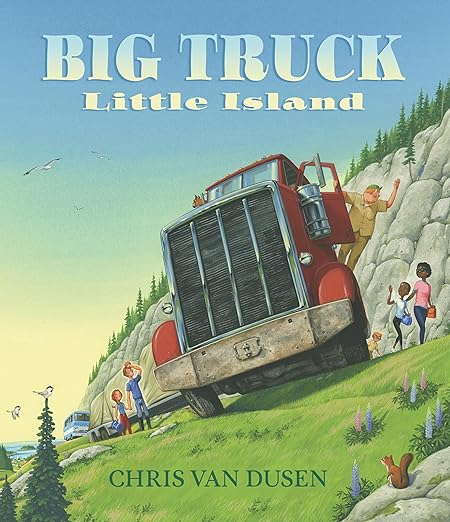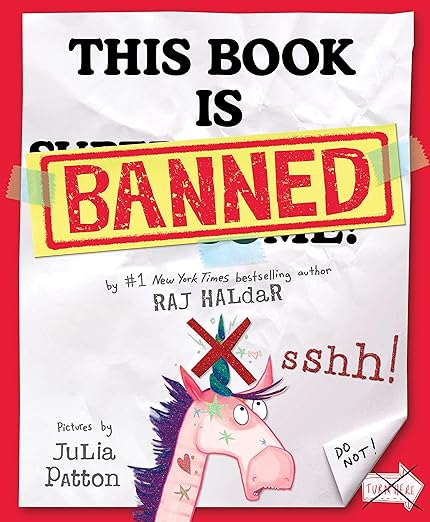Hey there, aspiring authors and curious minds! Today, I’m diving into the whimsical world of story writing for kids. If you’ve ever dreamed of crafting imaginative tales that captivate young hearts, this article is for you. Writing for children is not only a rewarding experience but also a fantastic way to inspire the next generation. Let’s explore the enchanting art of storytelling, one delightful step at a time.
Why Write Stories for Kids?
Children’s stories are magical. They transport young readers to distant lands, introduce them to unforgettable characters, and spark their imaginations. But why should you consider writing for kids? Well, for starters, it’s an opportunity to leave a lasting impact. Children’s literature influences how young minds perceive the world, fostering empathy, creativity, and curiosity. Plus, who doesn’t love the idea of creating a story that children will cherish for years to come?
Getting Started with Story Writing
Before you dive into the nitty-gritty of writing, take a moment to brainstorm. Ask yourself some key questions:
- What age group are you targeting?
- What themes or messages do you want to convey?
- Do you have a specific setting or character in mind?
Remember as you’re coming up with this stuff that you never want to preach. No one likes to be lectured! But once you’ve got a general idea, it’s time to flesh out your story.
Create Relatable Characters
Characters are the heart of any story. For kids, characters should be relatable and age-appropriate. Think of timeless characters like Harry Potter or Matilda—each with distinct personalities and relatable struggles. When creating your characters, consider:
- What makes them unique?
- What are their strengths and weaknesses?
- What do they want, and what are the obstacles to getting that?
- Where do they live? On the moon? Under the sea? On a deserted peninsula?

Craft an Engaging Plot
Your plot should be structured yet flexible. Start with a clear beginning, middle, and end. Here’s a simple framework to guide you:
- Introduction: Set the scene and introduce your characters.
- Conflict: Present challenges or obstacles that your characters must overcome.
- Resolution: Conclude the story with a satisfying ending.
Incorporate Vibrant Settings
Setting plays a crucial role in immersing young readers in your story. Whether it’s an enchanted forest or a bustling city, make sure your settings are vivid and well-described. Use sensory details to bring the world to life—sights, sounds, smells, and textures all contribute to creating an engaging atmosphere.
Tools and Tips for Aspiring Writers
As you embark on your writing journey, here are some handy tips to keep in mind:
Embrace Creativity
Let your imagination run wild! Kids love stories that are whimsical and out-of-the-box. Don’t be afraid to explore fantastical elements or quirky plot twists. Go bananas! But remember, it still needs to be believable within the realm you’ve created.
Revise and Edit
Even the best stories need refining. Take time to revise your work, and make sure the plot flows smoothly and the characters are well-developed. Consider seeking feedback from fellow writers or young readers. And definitely take time away from what you’ve written in order to get some distance.
Read Widely
Immerse yourself in children’s literature. Reading a wide range of (recent) books helps you understand what resonates with different age groups and inspires fresh ideas for your own writing.
Frequently Asked Questions
What age group should I write for?
Consider your strengths and interests. Are you drawn to picture books, chapter books, or middle-grade novels? Research your chosen category to understand its unique conventions and audience expectations.
How do I make my story engaging for kids?
Focus on relatable characters, a compelling plot, and vibrant settings. Incorporate humor and surprises to keep young readers hooked.
Where can I find inspiration for my stories?
Inspiration can come from anywhere—personal experiences, nature, dreams, or even everyday situations. Keep a journal of ideas and observations that spark your creativity.
Writing stories for kids is a journey filled with magic and adventure. Whether you’re crafting a tale of friendship, courage, or exploration, remember that the stories you create have the power to inspire a generation. Ready to embark on your storytelling adventure? Feel free to check out more resources on writing at For Writers and embrace the joy of creating captivating tales for young minds.





